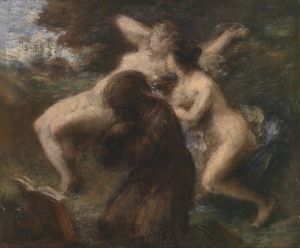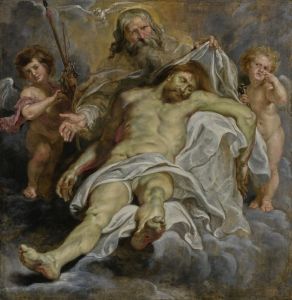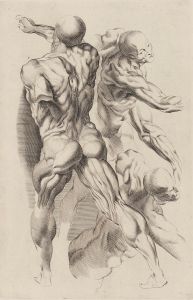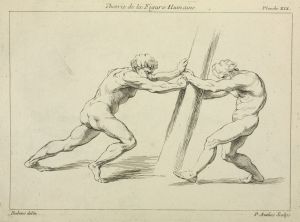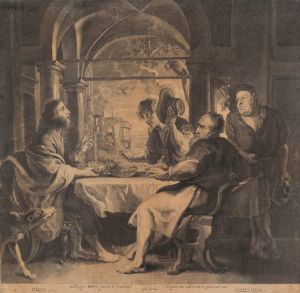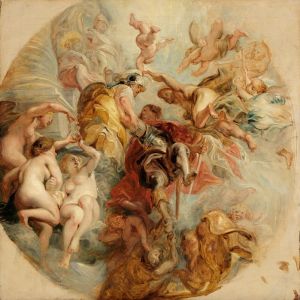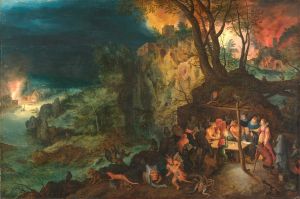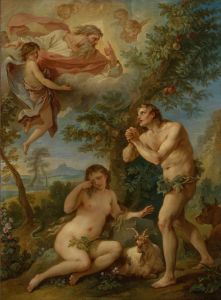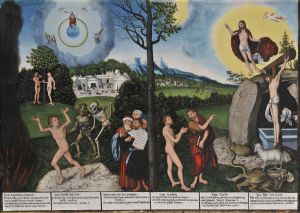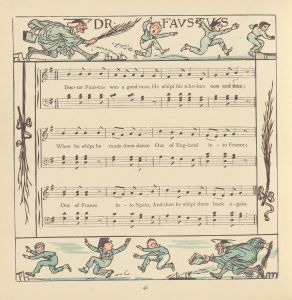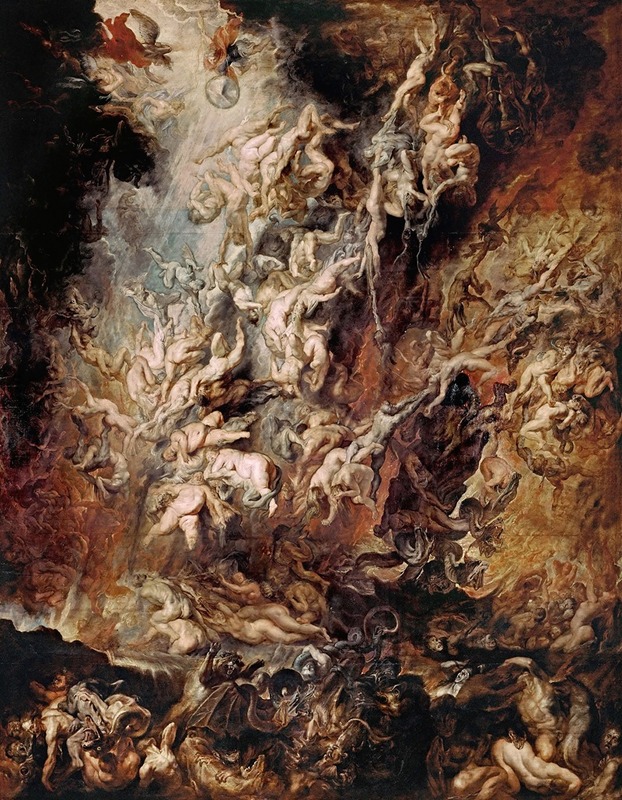
Fall of the Damned
A hand-painted replica of Peter Paul Rubens’s masterpiece Fall of the Damned, meticulously crafted by professional artists to capture the true essence of the original. Each piece is created with museum-quality canvas and rare mineral pigments, carefully painted by experienced artists with delicate brushstrokes and rich, layered colors to perfectly recreate the texture of the original artwork. Unlike machine-printed reproductions, this hand-painted version brings the painting to life, infused with the artist’s emotions and skill in every stroke. Whether for personal collection or home decoration, it instantly elevates the artistic atmosphere of any space.
"Fall of the Damned" is a dramatic and dynamic painting by the renowned Flemish Baroque artist Peter Paul Rubens. Created around 1620, this work exemplifies Rubens' mastery in depicting movement, emotion, and the human form, characteristics that have made him one of the most celebrated painters of his time.
The painting portrays a vivid and tumultuous scene inspired by Christian eschatology, specifically the Last Judgment. It captures the moment when the damned are cast into hell, a theme that has been a significant subject in Christian art. Rubens' interpretation is notable for its intense energy and the chaotic arrangement of figures, which reflect the turmoil and despair of the damned souls.
Rubens employs a dynamic composition, with figures swirling in a downward spiral, emphasizing their fall from grace. The painting is filled with muscular, twisting bodies, each rendered with anatomical precision, showcasing Rubens' deep understanding of human anatomy. The figures are depicted in various states of anguish and terror, their expressions and gestures conveying a powerful sense of desperation and hopelessness.
The use of light and shadow in "Fall of the Damned" is particularly striking. Rubens utilizes chiaroscuro to enhance the drama of the scene, with stark contrasts between the illuminated bodies and the dark, ominous background. This technique not only adds depth to the composition but also highlights the emotional intensity of the moment.
Rubens' color palette in this painting is rich and varied, with a predominance of earthy tones that contribute to the somber mood. The artist's skillful use of color further accentuates the physicality and emotional weight of the figures, drawing the viewer into the chaotic descent.
"Fall of the Damned" is a testament to Rubens' ability to convey complex narratives through his art. The painting reflects the Baroque era's fascination with dramatic, emotionally charged subjects and showcases Rubens' talent for creating compositions that are both visually compelling and thematically profound.
This work is part of a larger series of paintings by Rubens that explore themes of judgment and morality, aligning with the Counter-Reformation's emphasis on religious subjects. The painting's intricate detail and dynamic composition have made it a significant example of Baroque art, demonstrating Rubens' influence on the development of Western painting.
Today, "Fall of the Damned" is housed in the Alte Pinakothek in Munich, Germany, where it continues to be admired for its artistic brilliance and its powerful depiction of a timeless theme. The painting remains an important piece for understanding Rubens' oeuvre and the broader context of Baroque art.





